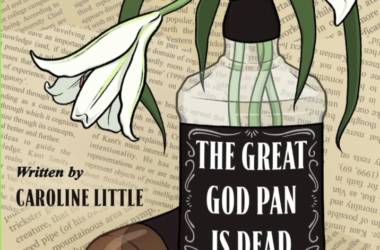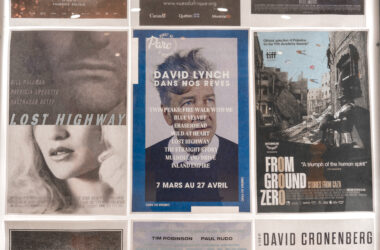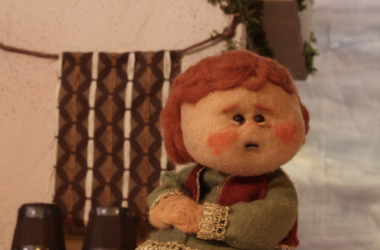Audiences have been eagerly awaiting Sofia Coppola’s new film since her last offering, the critically acclaimed Lost in Translation debuted. Unexpectedly, Coppola brings us from the neon lights of the streets of Tokyo to the glittering hallways of Versailles. In Marie-Antoinette we find a movie starring the most famous and controversial queen of France, filmed entirely in Versailles, and yet with an American director, an almost entirely English-speaking cast and starring Kirsten Dunst. Needless to say, the unconventional Marie-Antoinette was one of the most highly anticipated films at the Cannes Festival this spring.
Marie-Antoinette’s life in Versailles is accurately presented in the film as one of courtly constraints as well as one of leisure and pleasure. Coppola nevertheless attempts to modernize the Versailles experience for her audience, through a surrealist depiction of bourgeois rituals of the time. The numerous shots of colourful macaroons and decadent 12 course meals, along with vast collections of shoes, corsets, wigs and pearls of the Queen and the rich décor of the castle make for a pleasurable and eclectic visual experience. For anyone who has visited Versailles and seen its salons and luxurious apartment, at a distance, the movie allows for an intimate rediscovery of the palace, making the gallerie des glaces once again a place for everyday encounters.
And yet, while gorgeous set pieces are a staple of any period movie, Marie-Antoinette is rife with anachronism. The unusual musical selection eschews historical norms, mingling the usual classical score with modern pop music. When the young princess is seen running through the corridors of Versailles accompanied by a fervent Franz Ferdinand tune, the halls take on a whole new dimension. Likewise visually, a shot detailing meticulously accurate 18th-century shoe wear is interrupted by a mauve All Star Converse sneaker, a token of present-day fashion. Through these anachronisms, Coppola upsets the ritualized tone often associated with the French monarchy in quite a playful manner. She offers a modern, au gout du jour image of the court, stripping away the grandness of its historical context in an earnest attempt to make the experience of Marie-Antoinette relevant to one of a teenager today.
These original prolepses lose their appeal, however, when they reach into characterization: Coppola tries to mold Marie-Antoinette into a modern teenager who mostly wants to go out, have fun, meet boys and who cannot bear the burden courtly life has set out for her. The very concept of the teenager as we know it was foreign to European culture at the time, and through a mix of early arranged marriages, lower life expectancy and the normalcy of bearing children before the age of 20, young ladies were thrust into the adult world early on. Eighteenth-century practices did not allow for today’s evolving adolescent, and in her time, Marie-Antoinette was considered solely as the most important French lady, not a young girl who needed to discover herself as a woman. A misrepresentation of the social interactions of the time in the movie suggests otherwise.
Coppola undoubtedly fell in love with her protagonist once again. As in the Virgin Suicides and Lost in Translation, Coppola shows us a female character who does not quite fit into her environment, a young woman unsure of the direction she should be taking, but who somehow gains our trust and compassion. However, unlike its fiction project precedents, Marie-Antoinette poses the dilemma of historical accuracy. The movie must be seen as an artistic product, a fantasy of surrealistic imagery loosely based upon the last French regency and not an accurate portrayal of the last queen of France.
Marie Antoinette opens in theatres this Friday.








